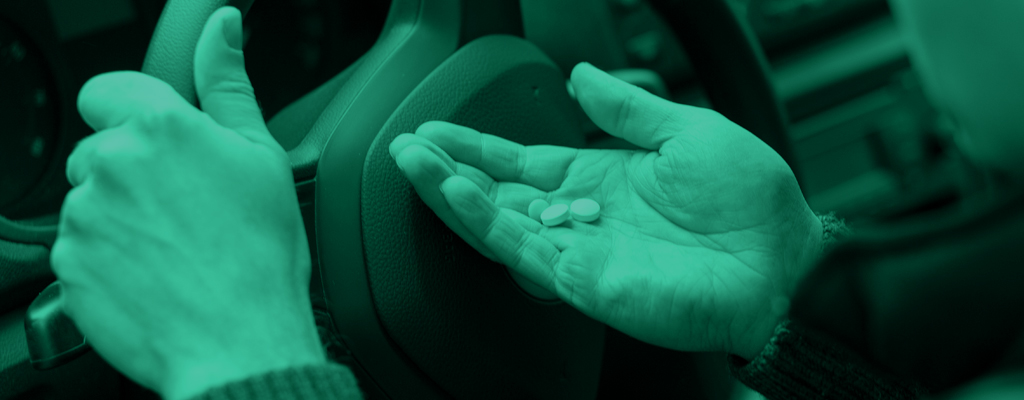Increase in efforts to reduce drink/drug driving abroad

Recently, a number of stories have emerged from around the globe in relation to the efforts to raise awareness of alcohol and reduce the levels of drink/drug driving. Various countries have adapted different methods with an aim of tackling the issue.
According to official UK government statistics, in 2014 240 people in Great Britain were killed in crashes where at least one driver was over the drink drive limit, with drink drive fatalities accounting for 13% of all road deaths in 2015. It is estimated that lowering the drink-drive limit in 2010 could have saved 25 lives and prevented 95 serious injuries between 2010 and 2013 (Department for Transport, 2015).
Behind every statistic is a loss of life and a grieving family. Therefore it is imperative that efforts are focused to reduce the chances of someone stepping into a car intoxicated. One example of a concerted effort being made to reduce drink driving can be seen in Australia. State government have recently implemented a scheme in which convicted drivers; after they have served a ban and reapplied for a license, will have to pay $1600 to have an alcohol interlock device installed on their vehicles. The device requires a driver to pull over at random intervals throughout a journey and supply a breath sample. If the breath sample is higher than 0.02 blood-alcohol level content then the vehicle will not be able to be restarted for 30 minutes. It is estimated that more than 6000 drivers are expected to have an alcohol interlock device installed each year.
In Montana, USA, efforts on drug driving have also had to be refocused after methamphetamine overtook marijuana as the most common drug in addition to alcohol in Driving under Influence (DUI) samples sent to the Montana state crime lab last year. In 2015, alcohol was the only detected substance in 2,777 cases, however there were 3,380 total DUI cases tested that year. The state lab had 294 cases involving meth, with the concentration of the drug also increasing 123 percent.
Here in the UK, new drug driving laws were introduced in March 2015 in England and Wales which covered legal driving limits for 17 illegal and prescription drugs in March last year. The new legislation also made it a specific offence to drive after having certain drugs above prescribed levels. The Metropolitan Police made the most arrests from March 2015 to April 2016 with 1,636, followed by Greater Manchester Police with 573.
With various countries adapting a range of policies to try and have an impact on drink/drug driving, it is hoped that it will act as a deterrent to anyone who considers taking the risk of getting behind the wheel with illegal substances in their system.
About Randox Testing Services
Randox Testing Services are at the forefront of providing services in drug and alcohol testing. We believe our latest innovation, the Evidence MultiSTAT, will have a significant impact on drug driving and help to reduce offences dramatically. The Evidence MultiSTAT is an automated analyser that enables on-site simultaneous detection of up to 20 illegal, prescription and synthetic drugs from a single sample. As part of our drug and alcohol testing services, we also offer a comprehensive alcohol service, ranging from breathlysers to collection officers for onsite testing and specific workplace training and expert consultancy services. For more information visit us at www.randoxtestingservices.com or contact us at testingservices@randox.com.